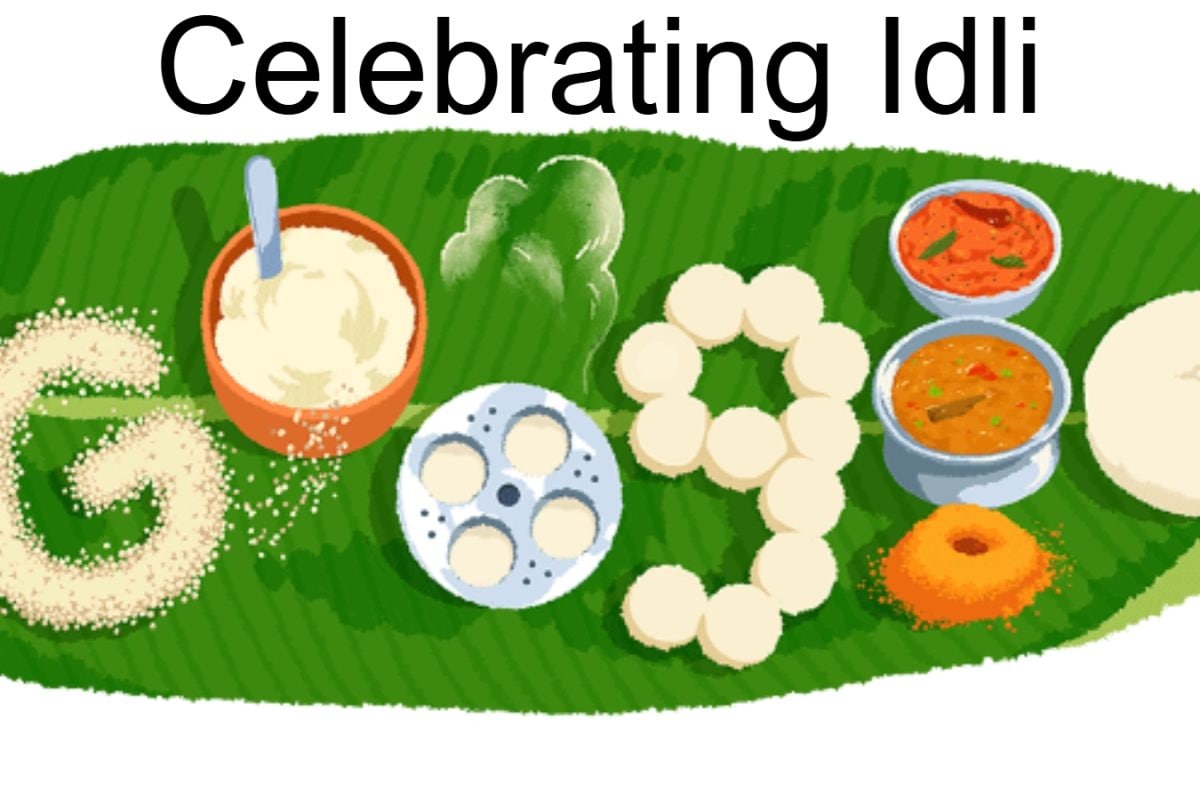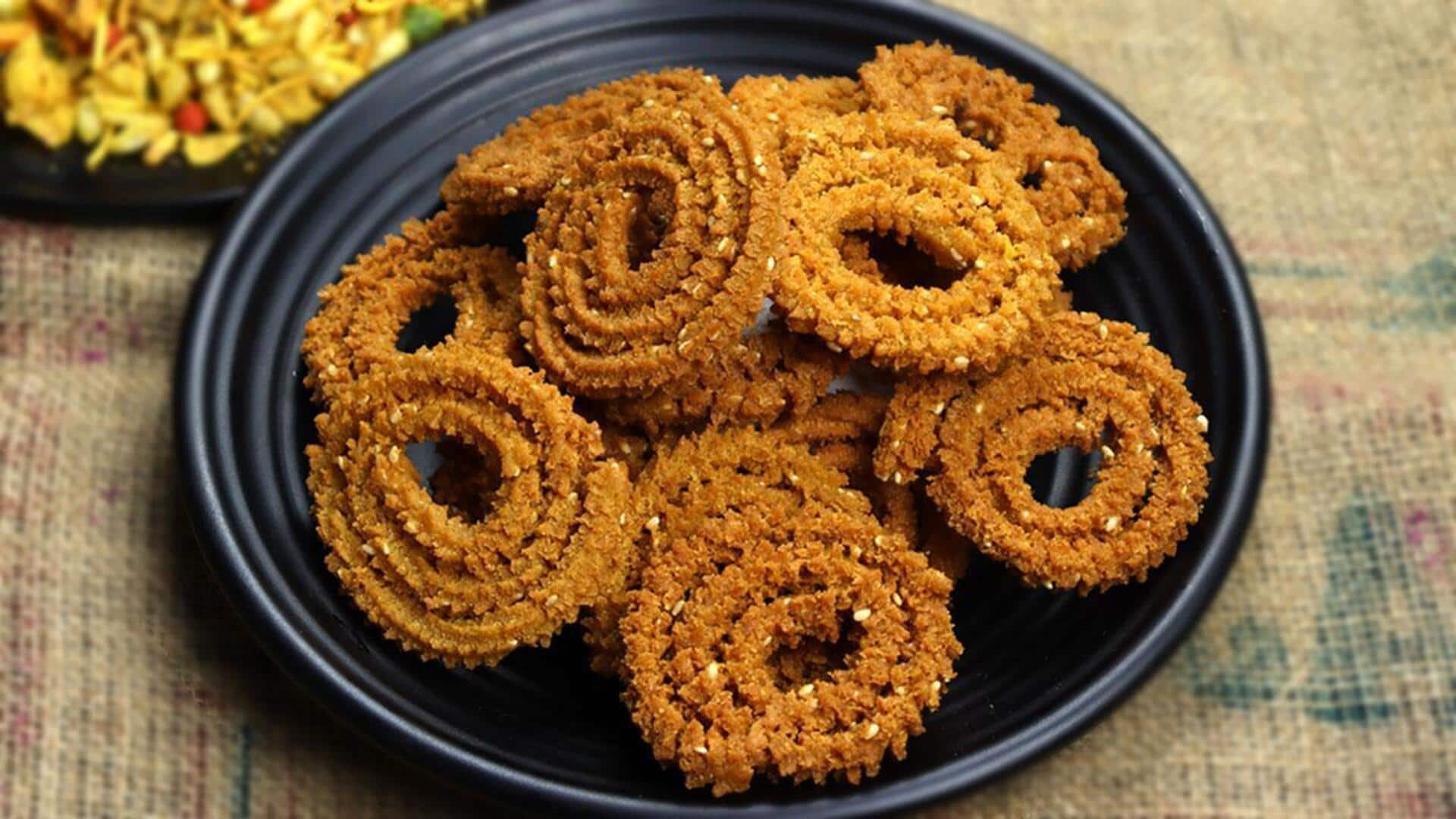Unveiling The Origins
The exact beginnings of idli remain shrouded in mystery, as pinpointing its precise origin proves challenging. Some food historians propose that the dish
might have evolved from a similar fermented rice cake brought to India by traders from present-day Indonesia around 800-1200 AD. This initial version, 'kedli,' might have been a precursor, later modified with local ingredients and techniques. Early Tamil literature does not mention idli; however, there is an early reference to a steamed rice cake called 'iddalige' found in Kannada writings from around 920 AD. This 'iddalige' was likely a type of idli, suggesting that the dish was already established in the region. Another early mention appears in a 17th-century text called 'Shivakotiacharya's Vaddaradhane.' This text references 'idli,' giving us one of the earliest clues to its existence. The evidence suggests that it transformed into the soft, fluffy idli we know today. It is an evolving recipe that adapted over time, blending techniques, and ingredients from different cultures to create the classic South Indian staple we enjoy today.
Tracing the Journey
The evolution of idli wasn't a straightforward path; it was a dynamic process marked by cultural exchange and culinary adaptation. The early form of idli, which might have been introduced from Southeast Asia, was likely different from today's version. The initial 'kedli' probably consisted of a rice-based batter that might have been cooked differently. Over the centuries, as the dish integrated into South Indian cuisine, adjustments were made to the recipe and the cooking method. The practice of fermenting the batter, which gives the idli its characteristic texture and flavor, is a critical development in its evolution. The introduction of lentils (urad dal) to the rice batter is a key ingredient and technique that resulted in the light, airy idli. This innovation, alongside regional variations and adaptations, played a vital role in creating the idli known across South India and beyond. It reflects the continuous interplay of ingredients and cooking techniques that have been honed over centuries, contributing to its popularity.
Idli's Popularization
The popularization of idli is a story of local innovation and the expansion of culinary traditions. While its origins are debated, its widespread appeal is undeniable. It gained prominence as a breakfast staple across South India, with variations in recipes and accompaniments. As the South Indian population migrated, the dish traveled to different regions, and its popularity grew. The dish's appeal goes beyond taste; it is also valued for its simplicity, ease of preparation, and nutritional benefits. The use of fermented batter makes it easily digestible. The health benefits and convenience enhanced idli’s appeal in modern times. The spread of restaurants and eateries specializing in South Indian cuisine further contributed to idli's visibility. Its presence on menus across the country ensured that it became a beloved dish. Today, idli is appreciated not only in India but also globally.
A Cultural Icon
Idli's journey from a regional dish to a cultural icon reflects the changing tastes and traditions in India. The dish is not just a food item; it also holds a place in social and cultural practices. It is commonly served at various celebrations and gatherings, symbolizing hospitality and community. It is also tied to specific regions, each offering its own unique approach to the idli recipe, reflecting local ingredients and culinary preferences. The dish is embraced by foodies and enthusiasts, showcasing the diversity of South Indian cuisine. The evolution of idli is a testament to how culinary traditions can evolve and adapt over time. Idli's enduring popularity lies in its simplicity, flavor, and ability to bring people together, making it an emblem of South Indian culture.




